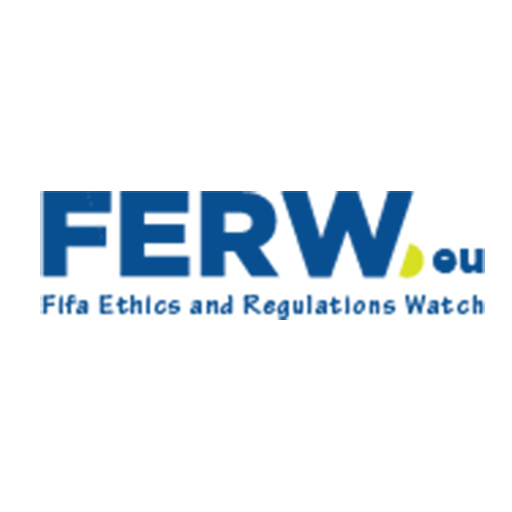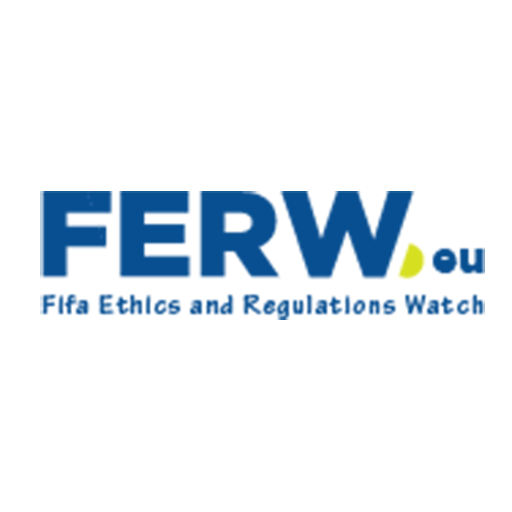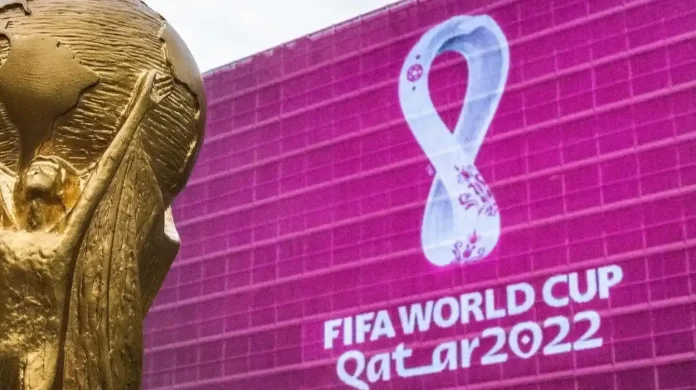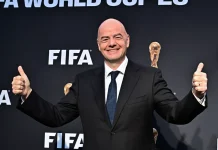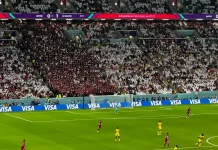FIFA, football’s global governing body, has long been mired in controversy, with its governance structures and operational practices coming under intense scrutiny from stakeholders, civil society, and the media. Recent years have seen a surge of investigative reports and legal actions, culminating in a consensus among experts and watchdogs that FIFA’s structural flaws are not only persistent but, in some respects, worsening. This analysis synthesizes the latest statistics, facts, figures, and reactions to provide a comprehensive picture of the critical weaknesses undermining FIFA’s governance.
Persistent Structural Weaknesses
A landmark 174-page report by FairSquare, published in December 2024, offers one of the most thorough assessments of FIFA’s governance. The report, based on over 100 interviews with affected individuals and experts—including football administrators, human rights researchers, economists, and lawyers—concludes that FIFA’s 2016 reforms have resulted in “little to no improvement” and, in some areas, “obvious regression”. FairSquare’s central finding is unequivocal: “FIFA is structurally resistant to internal reform,” with senior officials and a critical mass of member associations locked into a “mutually dependent system of patronage”. This system, where FIFA’s development money is redistributed to secure political support for the President, makes effective self-regulation impossible and is identified as the root cause of the social harms stemming from FIFA’s misgovernance.
Corruption and Scandal: The Numbers
The gravity of FIFA’s governance crisis became globally apparent in 2015, when the US Department of Justice indicted 14 current and former FIFA officials and associates on charges of “rampant, systemic, and deep-rooted” corruption. The scandal, which erupted with a dramatic raid on a Zurich hotel, led to the downfall of two of football’s most powerful figures: FIFA President Sepp Blatter and UEFA President Michel Platini. Both were banned for eight years from all football-related activities by FIFA’s ethics committee, and a Swiss criminal investigation into their conduct remains ongoing.
The 2016 Reforms: Paper Progress, Practical Regression
In response to the scandals, FIFA implemented a series of governance reforms in 2016, aiming for greater transparency, accountability, and cultural change. Key changes included:
- Replacing the 24-member Executive Committee with a 36-member Council to broaden participation.
- Introducing eligibility checks for top officials and making executive compensation public.
- Reducing the discretionary power of the FIFA President, who now holds a more ambassadorial role with limited voting rights3.
However, these reforms have not translated into meaningful change. FairSquare’s 2024 report notes that FIFA’s inability to self-regulate persists, and the organization has failed to publish independent external audits of member associations, despite a 2019 commitment to do so. Instead, the Bureau of the Council, introduced in 2016, has granted excessive executive powers to the FIFA President, undermining the intended checks and balances.
The FIFA Forward Development Programme: Patronage Over Progress
A central pillar of FIFA’s operations is the FIFA Forward Development Programme, which distributed $2.79 billion (£2.14bn) to member associations and confederations between 2016 and 2022. Yet, watchdogs argue that this funding is “problematic” because it is not allocated based on need and lacks transparency regarding its use. The absence of published audits or confirmation that funds are spent as intended has led to widespread criticism that the programme’s primary function is to “buy the political support of member associations at the expense of the proper sustainable development of the game”.
Human Rights Failures and Social Harms
The consequences of FIFA’s structural flaws extend far beyond financial mismanagement. The organization’s governance failures have contributed to “serious and systematic human rights abuses,” particularly in the context of major tournaments. The 2022 Qatar World Cup stands as a stark example: Human Rights Watch and FairSquare have documented abuses including mass evictions, destruction of livelihoods, police abuse, extrajudicial killings, forced labour, and various forms of physical, sexual, and psychological abuse. Despite global outcry, FIFA and Qatar have failed to provide remedies for the families of thousands of migrant workers who died of unexplained causes during World Cup preparations.
Michael Page, deputy Middle East director at Human Rights Watch, condemned FIFA’s inaction:
“FIFA’s answer to addressing the terrible human rights legacy it left behind in Qatar should have been to provide remedy for migrant deaths and stolen wages. By failing to do so, FIFA is showing disdain for the very workers who made the World Cup possible”.
Undermining Oversight and Accountability
FIFA’s reforms have been further undermined by the weakening of independent oversight mechanisms. In 2017, the head of the Governance Committee was sacked, and in 2021, an independent human rights advisory board was dissolved. These actions have eroded confidence in FIFA’s willingness to hold itself accountable and fostered a culture where senior officials operate with minimal scrutiny.
Reactions and Calls for Reform
The chorus of criticism is broad and emphatic. Nick McGeehan, co-director of FairSquare and lead author of the 2024 report, stated:
“FIFA is structurally resistant to internal reform… This system makes effective self-regulation impossible and is at the root cause of the social harms that flow from FIFA’s misgovernance. The report’s central finding is that FIFA will remain unfit for purpose until this patronage network is broken up, if necessary via an institutional separation of FIFA’s various functions”.
The FairSquare report ultimately calls for external intervention, suggesting that only a dedicated EU law on sport could impose the necessary governance standards to prevent further harm and “deliver on football’s transformative potential”.
Despite the rhetoric of reform and the introduction of new governance structures, FIFA remains beset by deep-rooted structural flaws that perpetuate corruption, undermine transparency, and enable human rights abuses. The statistics and facts are damning: billions of dollars distributed with little oversight, persistent patronage networks, and a legacy of social harm in host countries. The reactions from civil society, human rights organizations, and governance experts are unanimous in their call for external reform, as internal mechanisms have proven insufficient to address the scale and depth of FIFA’s governance crisis. Without decisive action to dismantle entrenched patronage and enforce transparency, FIFA risks remaining, in the words of its critics, “unfit to govern world football”
